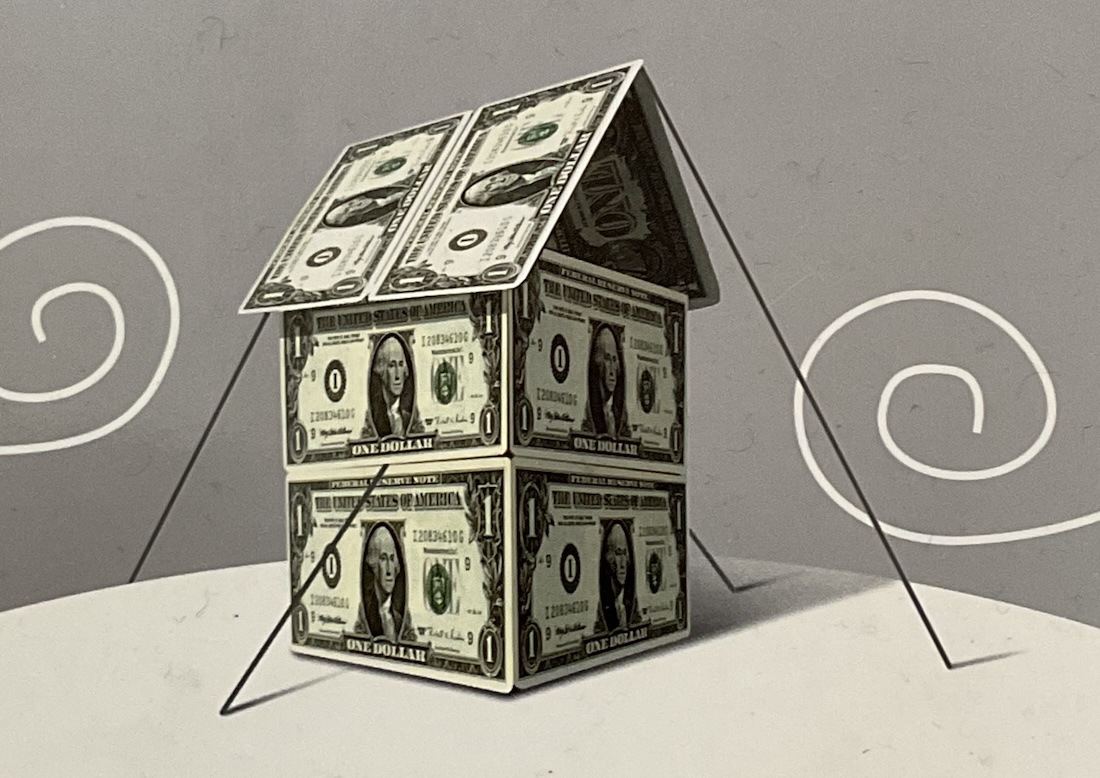Reminder: Watch Richard Duncan’s New Cours…
Capitalism is dead. The government manages the economy now. In order to understand where the economy is headed and what that will mean for the direction of stocks, bonds, property
Watch Richard Duncan’s New Course: How The…
My second video Course is now available on Udemy.com. It’s called: How The Economy Really Works. This 2-hour Course deals with the present. It explains how our economic system works
Weren’t You Bearish And Wrong? or The Hinde…
A friend who works on Wall Street (W. S.) recently sent me an email in which he pointed out some areas of strength in the US economy. His intention was
How The Economy Really Works
So far, 450 of you have signed up for my on-line video course, Capitalism In Crisis: The Global Economic Crisis Explained. Thank you! I appreciate your interest and your support.
REMINDER. Watch Richard Duncan’s Cours…
I would like to thank all of you who have signed up to watch my video Course, Capitalism In Crisis: The Global Economic Crisis Explained, and for your very encouraging
Watch Richard Duncan’s Course: CAPITAL…
Dear All, I have recorded a two-hour course. It’s called Capitalism In Crisis: The Global Economic Crisis Explained. The course is broken into 15 short lectures and is available on
When Will This New Depression End?
The following comments, written specifically for the Spanish language edition of The New Depression, were written in early March 2013, sixteen months after the original manuscript was completed at the
A McAlvany Weekly Commentary Interview
I had the great pleasure of finally meeting David McAlvany of the McAlvany Weekly Commentary in Denver recently. We discussed the consequences of the fiscal cliff deal, currency wars and
The New Left Review Interviews Richard Duncan…
The following interview was printed in the September/October issue of the New Left Review. RICHARD DUNCAN A NEW GLOBAL DEPRESSION? Interview You were one of the very few analysts to
China consensus is dead wrong, says Duncan
Please find below an interview posted on MarketWatch today. Bangkok-based economist and author Richard Duncan says a chorus of economists pointing to a rebound in China may well be proven


